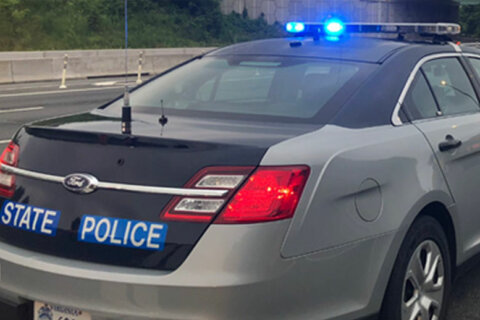This article was republished with permission from WTOP’s news partner InsideNoVa.com. Sign up for InsideNoVa.com’s free email subscription today.
This article was written by WTOP’s news partner InsideNoVa.com and republished with permission. Sign up for InsideNoVa.com’s free email subscription today.
Free school meals for all students will stay around this summer, but they will probably be a thing of the past by the time the new school year rolls around in the fall.
Congress voted last Friday to extend U.S. Department of Agriculture waivers that will provide universally free school meals through the end of the summer, but the waivers are still scheduled to expire before the 2022-23 school year begins. That will mean that many families whose students had been receiving two free meals every school day for the last two years will have to pay once again.
Just over half of Prince William County Schools students will likely be paying for school meals in the fall, according to the division’s food services director, Adam Russo. For the roughly 47% of students who qualified for free and reduced lunch already, meals will remain completely free, with the division footing the bill for the full price for students who would have qualified for reduced-price meals. In Manassas City Public Schools, more than 60% of students qualified for free or reduced lunch in 2020.
“Parents across Virginia are facing higher costs across the board – the last thing they need right now is to lose the commonsense flexibilities that have made it easier for them to keep their kids fed,” Democratic U.S. senators from Virginia Mark Warner and Tim Kaine said in a joint statement about the vote for summer waivers. The senators pushed to broker a deal on the waivers. “We’re very proud to have voted to pass bipartisan legislation that will extend these flexibilities and help keep food insecurity at bay.”
But Congress hasn’t been able to strike a deal to continue the free meals program through the 2022-23 school year. This means more families will likely be footing the bill for school meals in the fall, and school divisions themselves are going to see the overall reimbursement rate from the USDA drop at a time when food costs continue to surge across the country.
According to Russo, the total per-meal reimbursement from the federal government will fall by about 50 cents per lunch with the expiration of another USDA pandemic waiver.
“Of course, none of our prices have come down – they’ve only gone up since basically July of last year,” Russo told InsideNoVa.
For families whose students had been receiving free meals, the expiration of the free meals waiver will likely mean about $600 to $1,000 in meals costs for the school year, according to Russo, who said many families who don’t meet the reduced meal threshold – with a household income above 185% of the federal poverty line – could still struggle to afford the renewed cost.
The threshold is set countrywide, meaning cost of living and area median incomes aren’t taken into account for particularly expensive regions like Northern Virginia.
Russo also said that while students sometimes face a stigma for getting free meals from school cafeterias, a record number of students were eating from the lunch line over the last year while all meals were free.
Research suggests that students who get their breakfasts or lunches from school often get healthier, more balanced meals than some students who get packed lunches from home.
“We’re really proud of the food that we serve. We try to serve really nutritious and yummy food that our kids really like,” Russo said. “And what you find is, the more students that take meals, the more students take meals … We’re not asking parents for their tax returns for their kids to get a ride on the school bus … If meals are free for all, more students will eat.”







